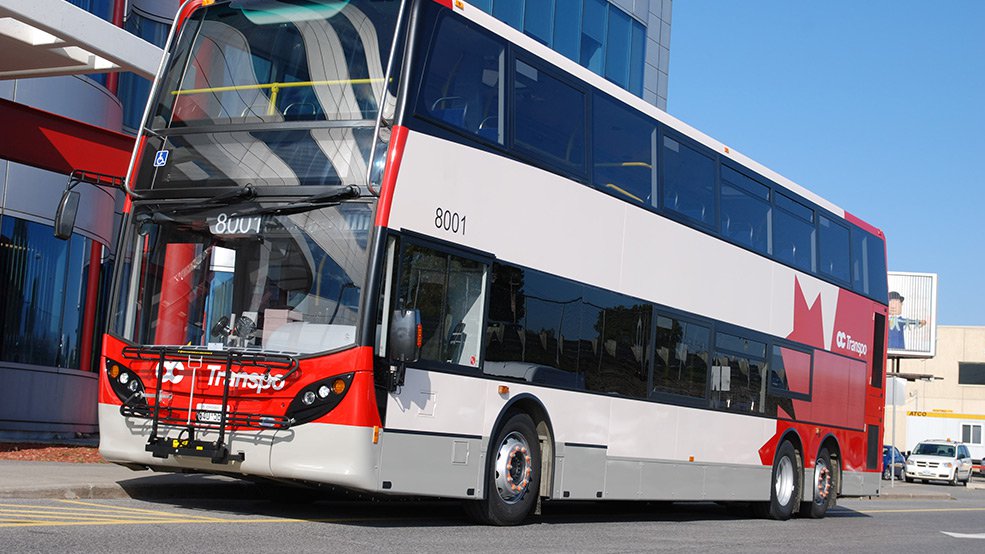For more information, please feel free to contact HSH Managing Partner and personal injury lawyer David J. Levy at davidlevy@hshlawyers.com or 416-361-0117.

This week’s bus crash in Ottawa is a wake-up call for many, especially coming on the heels of the fatal collision involving the Humboldt junior hockey team this past April. For some, this week’s event – which killed three and injured many more – begs the question: when and how will the federal government finally improve the safety of commercial buses?
The question is all the more significant in light of a recent rebuke by Transportation Safety Board chair Kathy Fox who claims the government has yet to implement safety recommendations that the Board established after an earlier bus crash in Ottawa in 2013. That incident involved a bus colliding with a passenger train after breaking through a warning gate at a rail crossing. Upon hitting the train, six bus passengers were killed.
According to Global News, at issue is the need to adopt crashworthiness standards for buses that would address frontal impact, side impact, rollover or crush protection. Despite those recommendations, however, the standards remain outstanding.
As for finding answers to this week’s crash, it will take time, according to Ottawa police chief Charles Bordeleau. What we do know is that the double-decker bus hopped a curb and crashed into a bus shelter and its overhanging roof, crushing some of the seats at the upper level.
We also know that impaired driving has been ruled out as a possible cause (the driver was initially arrested at the scene but has since been released). According to Global News, police are looking into a number of other factors including the bus itself, the condition of the roads, the weather and the driver’s actions.
If and when the cause is determined, what recourse do the victims and their families have? If the bus is owned by a city or government – in this case it’s operated by the local Ottawa transportation agency OC Transpo – the victims can sue the government if it can be proven that its negligence (or that of an employee) resulted in the crash and subsequent injuries.
Keep in mind that it’s been reported that the driver had at least two other collisions months earlier. According to the Ottawa Citizen, some transit supervisors questioned her ability to drive the bus and wondered whether her employer acted too swiftly by allowing her back on the road after the last accident.
Questions that remain unanswered include: was the driver’s driving record examined? Did she require additional training after her past accidents? If so, did she receive it? Was the bus maintained properly? Were there any outstanding mechanical issues that were not addressed?
After the Humboldt crash, charges were laid against the driver – 16 counts of dangerous driving causing death and 13 of dangerous driving causing bodily harm – to which he pleaded guilty last week. The owner of the truck company that employed the driver was charged too, with non-compliance of various federal and provincial safety regulations.
Only time will tell how the Ottawa crash will play out. But the accident should certainly remind any company or government that runs a bus service that the safety of their passengers should always remain priority number one.






